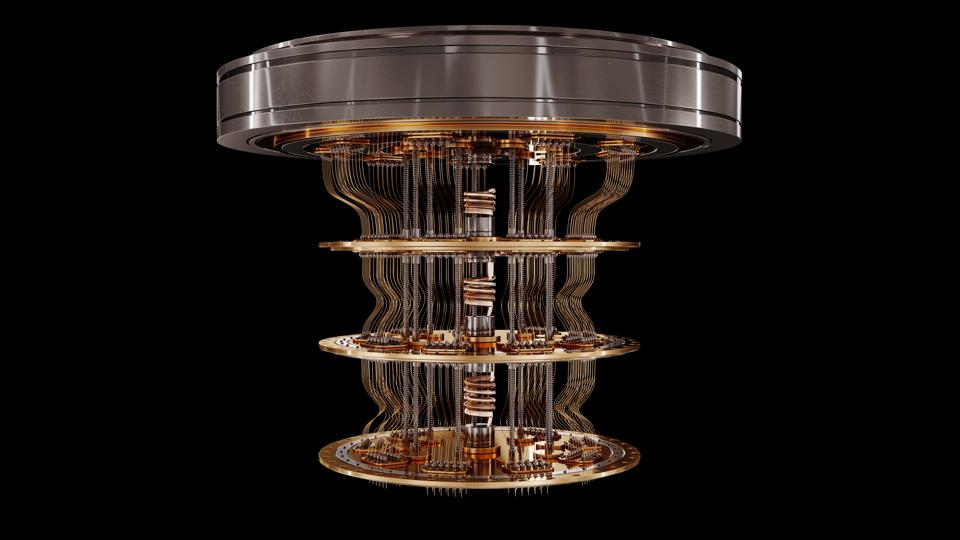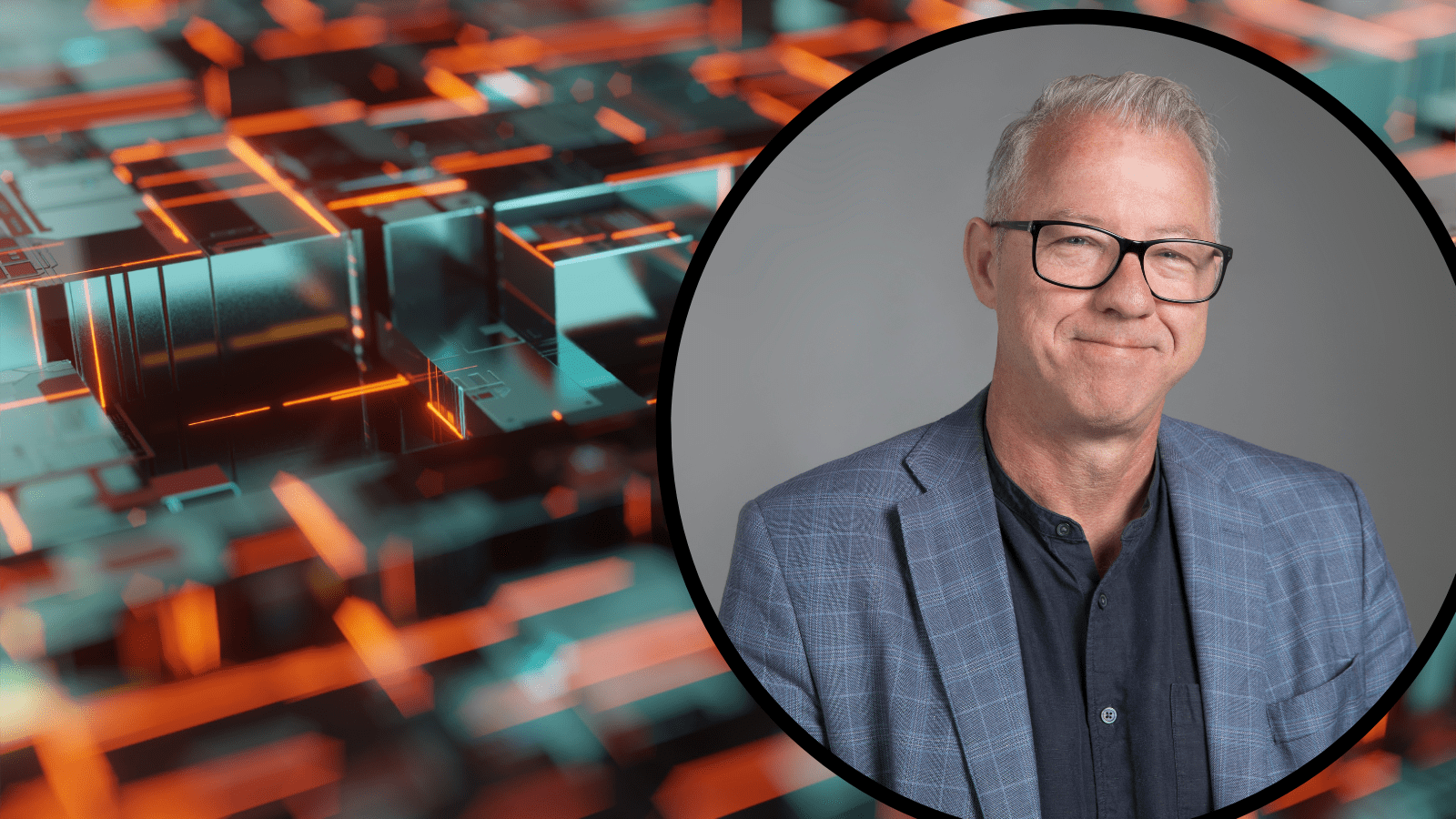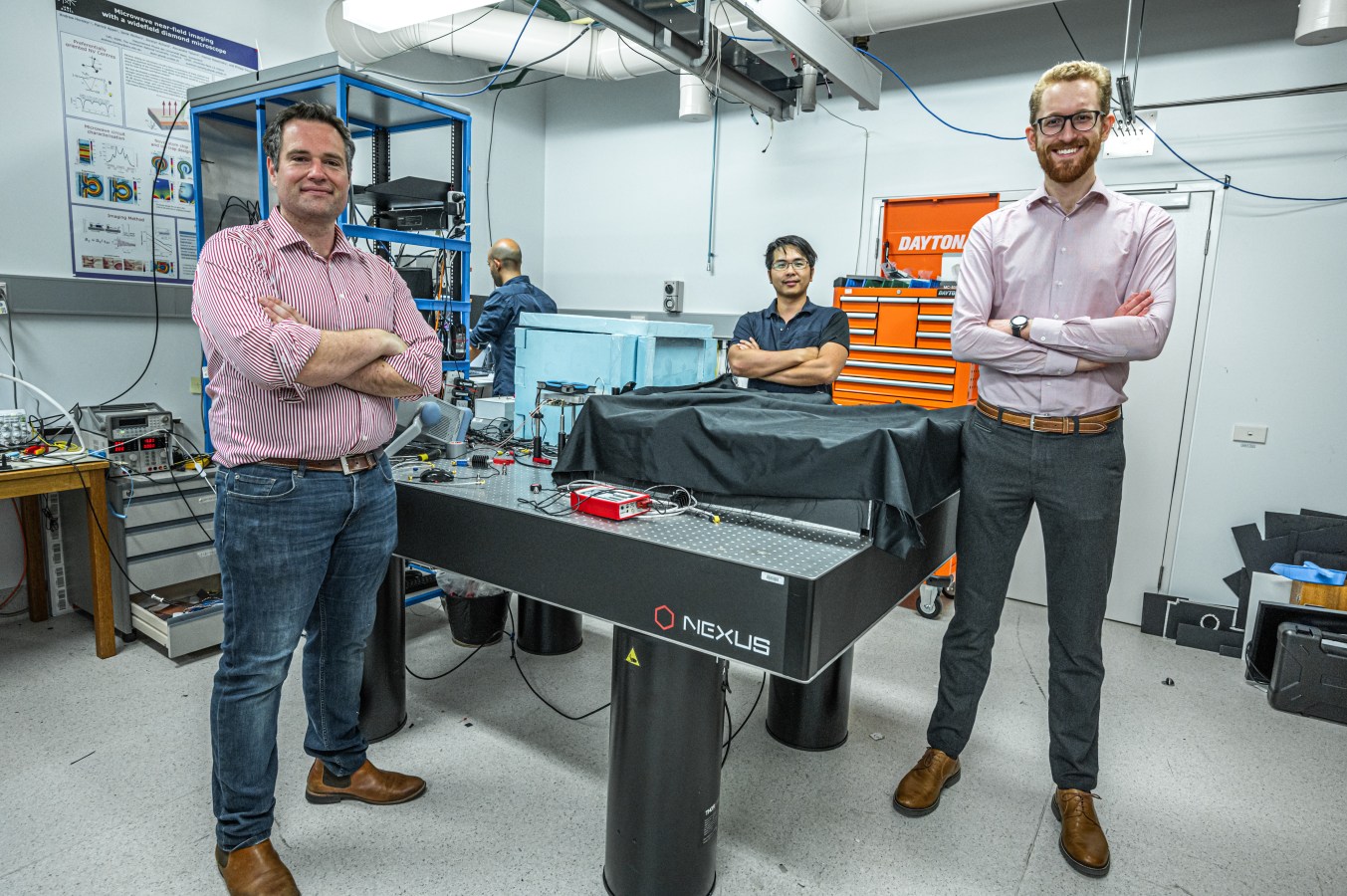From smashing the blockchain and creating sci-fi-worthy AI, to destroying online encryption, quantum computing threatens much and promises more. Australians are at the forefront of this new world.
Background
- In June this year, the world’s first integrated circuit made from individual atoms was unveiled.
- Quantum computing has raised a lot of expectations: from its prophesised ability to quickly develop complex drugs or streamline city traffic flows, to breezing through existing computer encryption, smashing the blockchain.
- There’s an international race with some of the world’s best minds competing to be the first to unleash all this disruption.
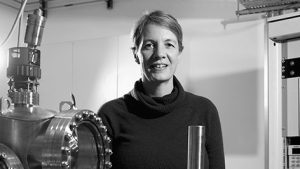
Michelle Simmons can’t quite believe that her PR people asked Forbes Australia if 4am was okay for an interview. “They did not,” she says, embarrassed that others are being invited to fit into her own punishing schedule.
The UNSW Scientia Professor is busy in a way that could be understood only by those who are running an academic institution plus a private company going through a $130-million capital raising – all while raising three teenage sons and transforming the worlds of computing and physics as we know them.
The company she heads, Silicon Quantum Computing (SQC), is at the forefront of the race to develop the first practical quantum computer – a piece of tech that has been predicted to outperform existing computers by many thousands of times, perhaps many thousands of years.
Quantum computing has raised a lot of expectations: from its prophesised ability to quickly develop complex drugs or streamline city traffic flows, to breezing through existing computer encryption, smashing the blockchain and breeding the type of artificial intelligence that’s been scaring sci-fi fans out of their tinfoil hats for a generation.
There’s an international race with some of the world’s best minds competing to be the first to unleash all this disruption. SQC might be Australia’s fastest horse in the race, but there’s a collection of 200 researchers across seven universities with 19 co-ordinated programs, the government-funded Centre of Excellence for Quantum Computation and Communication Technology, which is also headed by Simmons.
In the same building on the UNSW campus in Sydney’s Kensington, a separate company, Diraq, with 25 staff scientists was spun from that vortex in May. It is headed by the equally qualified UNSW Scientia Professor, Andrew Dzurak, and touts its potential to win this billion-dollar race for scientific immortality.
“There’s no point going into business if you don’t intend to win,” says Dzurak.
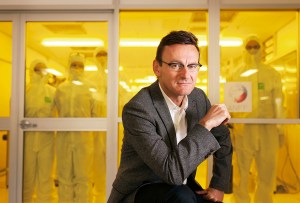
Six kilometres away, on Physics Road at Sydney University, there’s a team of 30-odd scientists working as part of the worldwide Microsoft push for quantum supremacy. They’re at the back of the field for now, but are warning everyone not to write them off.
Many of the people who are part of Microsoft’s effort had earlier careers in other qubit technologies, including the one Michelle’s working on, says Sydney University’s Professor David Reilly. “My PhD days were very much about using spin qubits and using those systems that Michelle’s effort is focussed on and I found first-hand what it was really about in the lab and it’s extremely difficult.” That’s why Microsoft has gone back to fundamental science – and to the back of the pack – to figure out a whole new way of doing quantum; “to try to develop something that scales rather than trying to brute-force scale something that – from our direct experience – there was no obvious way of doing.”
Undoubtedly, this stuff is hard, but as Simmons tells it, that’s the track she began treading as an 8-year-old in London while watching her dad – a police officer and crime scene photographer – play chess with her older brother. No one explained the rules to her. But she observed intently as the game moved from its rigid starting moves to its infinite permutations. When she eventually challenged her father to a game, he took her lightly. “I took a piece and I remember the look on his face because he was surprised by this act of aggression. He thought I was this kind of gentle female … but he still didn’t take it seriously, and then when I beat him, he was so mad … For the next 10 games, or whatever, he thrashed me every game, but that was fantastic for me, psychologically. I thought, ‘Can I do it again?’,” She stuck with it and eventually prevailed. The satisfaction was immense.
Simmons tells the story often. It illuminates two things central to her version of herself – that people underestimate her, and that, given a choice, she’ll choose the hard road with bigger rewards every time. The former Australian of the Year has been critical of school authorities for trying to make STEM subjects easier in order to appeal to girls.
When asked how old she was when she realised she was super smart, she rejects the premise of the question. “I don’t think I am that smart,” she says with a straight face. “I honestly just think I work harder.”
Simmons, 55, is tall, about 180cm, with bright and engaging brown eyes. The ideas spring from her so fast that the automatic transcription software used in this interview never has a chance. The London accent has almost been drowned by more than 20 years in Australia, but it surfaces in the occasional dropped “T”, or a “Yeah,” at the end of her sentences. It was the tiniest of big ideas that brought Simmons to Australia in 1999. An American professor passing through UNSW, Bruce Kane, had a theory that the way to build a quantum computer was by using individual atoms as transistors.
“I saw his paper and I thought, ‘that’s the way to do it’ … So that’s really why I came over here.”
Physics professor Bob Clark, now Emeritus Professor, was assembling a stellar team of bright researchers at UNSW – including Reilly and Dzurak. A student who was about to turn up there, Jeremy O’Brien, would go on to co-found Silicon Valley quantum unicorn, PsiQuantum. When Clark left UNSW to become chief defence scientist in 2008, Simmons took over. She had an eight-point plan on the wall with all the things that needed doing to turn a single atom into a transistor. Think about that: a single atom.
World-first goal
Simmons keeps putting long-term goals up on the wall with, crucially, all the technical requirements needed to reach them.
In 2013, Commonwealth Bank of Australia (CBA) was the first company to come knocking. “They had been travelling around the world watching for the next disruptive technology for industry … They were over in the US and somebody said, ‘You’ve got a team in Australia that’s actually leading the world in this’,” she says.
CBA got in on the ground floor. “We hit a series of milestones and they were really excited. They said to me, ‘What do you need to go to the next level?’”
Simmons put together a proposal to spin off a private company, and one of the first places she turned to was Canberra. “We’ve got this disruptive and transformational technology. And I would rather [the Federal Government] were in it with us, knowing how it’s evolving and being aware of its strategic implications, rather than the rest of the world doing it, then suddenly, we’re behind.”
Canberra put up $25 million, as did UNSW. CBA put up $14 million, Telstra $10 million and the NSW government $8.7 million. That capital input drove SQC’s last five years, employing 50 staff, many of whom were former PhD students from UNSW. It has created a pipeline that is keeping these immensely qualified people in Australia and contributing to a critical mass. They all have equity, depending on their seniority and their patent output.
Call it exquisite timing, but in June 2022, two weeks after SQC announced it was seeking $130 million to fund its next five years, the esteemed scientific journal, Nature, published SQC’s construction of the first integrated circuit ever made at the atomic scale.
“We’re getting a pretty good response from the market,” says Blackpeak Capital’s Scott Colvin, who is advising SQC on its fundraising. “They’re incredibly well positioned globally. It’s a pretty exciting emerging sector. It’s not without challenges – the long timeframe to commercialisation – but they’ve got a very good portfolio and a credible roadmap.”
The investors want to hear from Simmons. “She’s the one talking to the majority of the deck. She’s globally renowned in this space. She presents really well.”
As her life has moved from Nerd Central to power-dressing, Simmons maintains that the money it might make her has never been a motivator. “To be honest, I don’t think it’s dawned on me because I’m actually just thinking about, ‘What does the company need to be successful, and what do we need to do to get the technology to work?’
“I guess I’m motivated by the good [that] technology can do and the fact that it advances humanity’s understanding of the world. Really. I am motivated by that. Can we control the world (at the atomic level)? Can we make it do things that we haven’t done before? Does it help us understand how to make things that make the world better? Those things are super motivating for me.”
What Simmons’ team did
In 1959, physicist Richard Feynman put out a challenge: If humanity was to understand how nature worked, it had to be able to control matter at the atomic scale.
Physicists understood that when things got really small, the rules of classical physics fell apart and a whole new complexity arose – quantum physics.
Controlling matter at the atomic scale was what Simmons’ team at UNSW began to deliver in 2011 when they developed the world’s first circuit in which the transistor was a single phosphorous atom being switched off and on in a bed of silicon.
In June this year, they unveiled the world’s first integrated circuit made from individual atoms. To do this, they had some enormously small atomic engineering hurdles to leap. The first was to create 10 small dots of uniformly sized and spaced atoms whose energy levels matched, so electrons could pass through them. They had to develop the atom-width “wires” to take the current to the atomic transistors. Then they had to be able to turn the atoms off and on individually and collectively to control the flow of quantum information.
The quantum supremacy marathon
It is unusual to see Microsoft as the dark horse in any race. But that’s the way the tech giant is portrayed by physicist David Reilly in the marathon slog towards a practical quantum computer.
Google announced in October 2019 that it had reached “quantum supremacy,” when one of its machines completed a calculation it said would have taken a standard computer 10,000 years. IBM challenged that in November. Canadian-based Queenslander Christian Weedbrook’s unicorn startup, Xanadu, published in Nature in June that its quantum computer had taken 36 seconds to do a math problem that would have taken the world’s most powerful supercomputer 9,000 years.
When SQC announced in June that it had made the first integrated circuit at the atomic scale, Microsoft had only just proved the exotic physics principle it needed to show that its theory for building a quantum computer was feasible. Microsoft is attempting to create a “topological” qubit.
The building blocks for such a machine had been theorised since 1937, but Microsoft engineers announced in March they had managed to produce “quantum excitations” to build a computer they believe will be smaller, more stable, less prone to error and more scalable to a million qubits than their competition.
Microsoft is playing a very long game, says Reilly, who is now a fulltime Microsoft employee and Univerity Professor. “Microsoft isn’t interested in building a quantum computer for a quantum computer’s sake. They’re interested in building a machine of any kind that can solve a societal problem or a challenge. That’s the goal. It’s a very different mindset.”
One of the requirements of quantum computers is that they need to operate in extreme cold – very close to absolute zero, or -273.15 degrees Celsius. But they also need to interact with standard computers for their control instructions. Standard computers generate a lot of heat. Reilly’s team made a huge breakthrough in 2021, inventing a standard computer chip that could operate close to absolute zero.
Decade on a different path
Physics professor Andrew Dzurak found himself in a difficult position when UNSW spun out SQC in 2017 to take on the challenges of building the world’s first practical quantum computer.
As its head, Simmons was dedicated to solving the problem using her favoured single-atom route, whereby individual atoms would be turned into individual transistors.
But Dzurak had spent the past decade on a different path. The genius of his team’s idea was that they had figured out how to convert the transistors on standard chips – like the ones in your phone – into quantum bits. If he could pull this off, quantum chips could be mass produced in the world’s existing multi-billion-dollar chip foundries.
Like Simmons, he had patents and ground-breaking articles in Nature. All that intellectual property had been signed over to SQC. He was working for SQC and had a financial stake in it, “but it became clear that it’s difficult to have two different technology streams within one company”, he says.
He got to work trying to cleave that intellectual property from SQC. Not an easy process in a game that’s worth billions for whichever team can be the first to create the world’s first large, error-correcting quantum computer.
Eventually, Dzurak arrived at Allectus Capital, which had helped Afterpay get off the ground.
“It was a lot of time, a lot of effort,” says Dzurak. “I was very determined to make it happen. Fortunately, we were able to work really constructively with all parties. SQC will still benefit from the success of our technology.”
It cost $20 million to buy the intellectual property and some equipment to set up the new company, Diraq, in May this year. It’s got 25 scientists on the payroll in what is portrayed as an amicable split. Dzurak says they already have plans to collaborate with SQC. “All boats rise with the tide.”
He says Diraq’s ability to have its chips manufactured in existing factories gives it a huge advantage.
“Our thinking, I’m telling you here, is that we’re on a very fast track to being able to scale up our technology to very large numbers … We’re looking at doing our first prototype devices with our foundry partner in the next three years and then in the following three years we’re looking to go to a 256-qubit device.
“Then, in phase three, we’re not releasing the number of qubits, but we’re looking to be able to demonstrate error-corrected processors in that phase. So, we’re looking at ramping up the number of qubits very quickly, not just compared to SQC but compared to all our competitors.”
What is a Quantum Computer?
- Classical computers work through bits, which are represented as a zero or a one – off or on. Quantum computers work with “qubits” as their standard.
- A qubit has an “off” and an “on” too, but it can also be both at the same time. This allows it to deal with the infinite complexity of the real world. A maze analogy is often used. Whereas a standard computer can solve a maze by attempting each route, one at a time, a quantum computer can attempt all routes at once making them potentially thousands of times faster.
- For a long time, it was thought quantum processors weren’t practical because of “noise” in the system, making them prone to mistakes. Then it was shown “error correction” was possible. That has become the holy grail of the next decade’s work.
